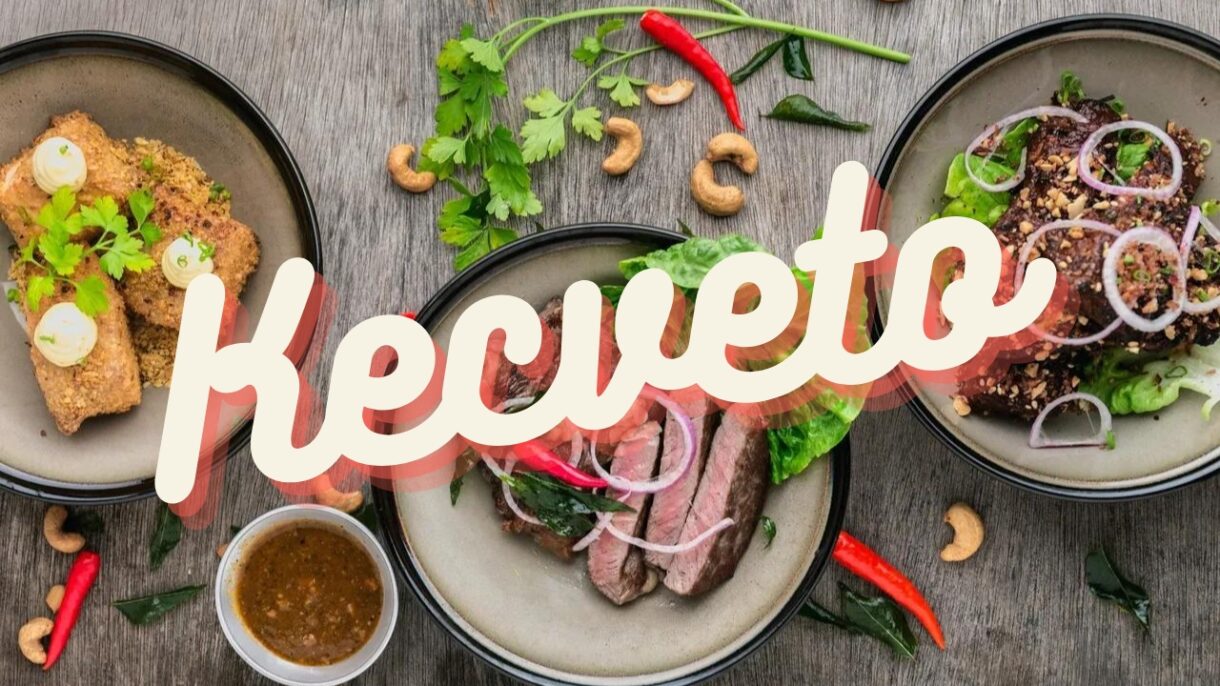Hidden beneath the surface of human civilisation is the thread of migration, of languages voyaging and evolving, carrying with them stories, beliefs, and cultural paradigms. In this deep-dive blog post, we’ll explore a cultural phenomenon rooted in the richness of these migrations—an enigmatic practice known as “kecveto”. This exploration will not only unearth the historical contexts and principles of kecveto but also shed light on its contemporary significance and the essence of its existence in modern-day societies.
The Origins of Kecveto
The term kecveto is believed to have originated from the early 14th-century Indo-European root “kecel” which means to bind or join. It is a term deeply embedded in the social fabric of certain Eastern European communities, particularly those in the Carpathian region. The roots of kecveto run deep, connecting with a bygone era where rites of passage held an unassailable role in shaping one’s identity.
A Tapestry Woven by Ancestors
The cultural significance of kecveto is often intertwined with the cycles of life and the threads of heritage. In simpler times, the practice was a solemn thread in the tapestry of rural life. It marked the transition from adolescence to adulthood, intertwining with ancient fertility rites, harvest festivals, and religious observances. The meticulous process, usually a communal effort, reflected the collective responsibility and the community’s intimate bond with the individual’s growth.
The Tradition That Binds
At its core, kecveto is not merely a tradition but a binding force, both figuratively and literally. The act of physically binding young adults represents a symbolic restraint—a temporary moment of stillness and introspection before they are set free into the world to carve out their individual paths. The art of binding in kecveto signifies the communal and spiritual stewardship vested in the youth by their community.
Kecveto Today: Retaining Identity in the Modern Age
In the digital age, where culture is often diluted and traditions forsaken, kecveto perseveres—albeit in a metamorphosed state. Today, it serves as a poignant reminder of a time when community and individual growth were indivisible. Contemporary kecveto ceremonies, while adapting to modern sensibilities, still uphold the core principles of community, identity, and transition.
Revival and Reinterpretation
In recent years, there has been a groundswell of interest in reviving and adapting kecveto. Younger generations, eager to reconnect with their heritage, have started to integrate aspects of kecveto into their coming-of-age ceremonies. The revival is not about wholesale replication but a reinterpretation, ensuring that the essence of kecveto remains relevant.
A Continuum of Cultural Evolution
The adaptability of kecveto speaks to the resilience of cultural practices over time. It is a testament to the democratic nature of culture—a continuum where the past and present intermingle, where the voices of the ancient and contemporary generations echo together. Kecveto has managed to bridge the chasm between an agrarian past and a techno-digital future, offering a connecting thread amid the cacophony of change.
Kecveto’s Global Significance and Influence
While deeply anchored in the Carpathian region, kecveto’s themes are universal. Its focus on community and the individual’s role within it transcends geographical boundaries. Parallel cultural practices around the world share the same premises, underlining the intrinsic human need for a sense of belonging and meaning in the midst of transition.
A Cultural Kaleidoscope
Keceveto’s examination allows for a broader perspective on cultural diversity. It invites observers to glimpse into a microcosm of customs and beliefs that, while distinct, often share a common ground on human experience.
Sharing Traditions, Shaping Futures
In an era of connectivity, the sharing of traditions can lead to a more nuanced and culturally rich society. Kecveto serves as a poignant example of how shared practices, even when rooted in different historical contexts, can instil a sense of universal understanding and connection.
How You Can Engage with Kecveto
While you may never engage in a traditional kecveto ceremony, you can still connect with its principles in your own life.
Personal Reflection and Community Ties
Spend time reflecting on your personal transitions and the ways in which your community has shaped you.
Encouraging and Celebrating Others’ Journeys
Be present and supportive of the transitions of others. In a globalised world, where individualism can prevail, recognising and celebrating the meaningful transitions of those around us is an act of solidarity and a reaffirmation of the human connection.
In Summary
Kecveto is more than just a historical relic—it is a living, evolving testament to the resilience and adaptability of cultural practices.
As we part from this exploration, I encourage you to reflect on traditions from your own cultural heritage. Consider how they may be evolving to fit within the modern context. And most importantly, take pride in the rich, diverse, and resilient nature of our global cultural mosaic.

